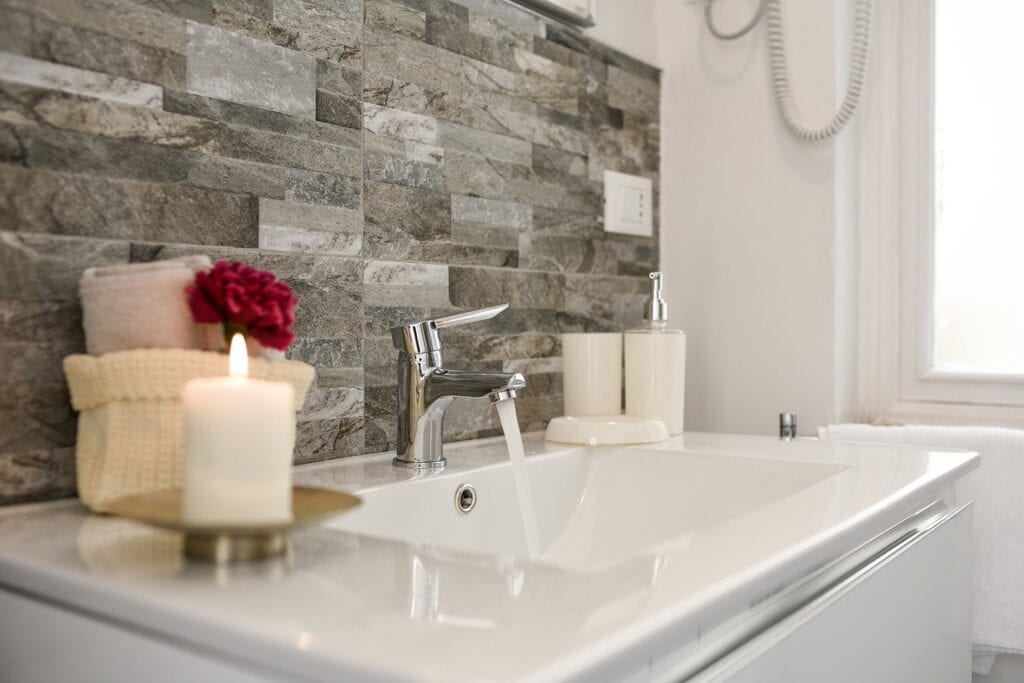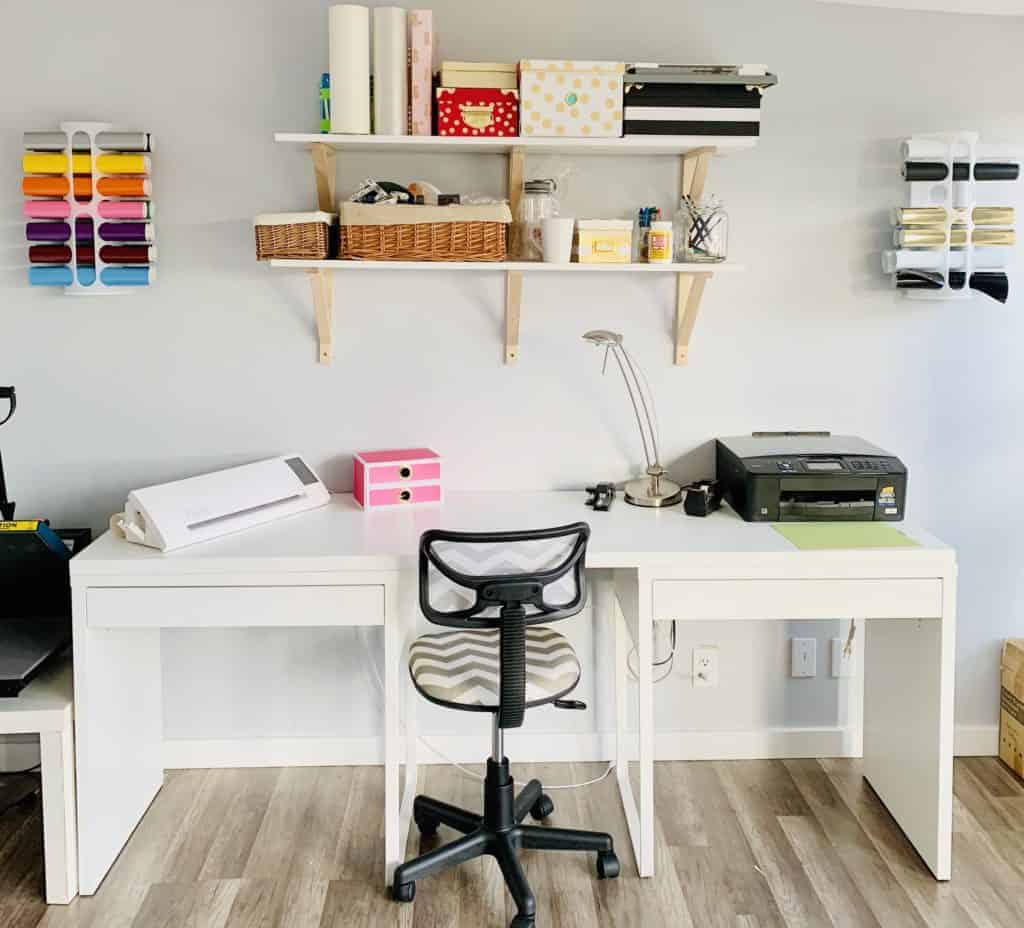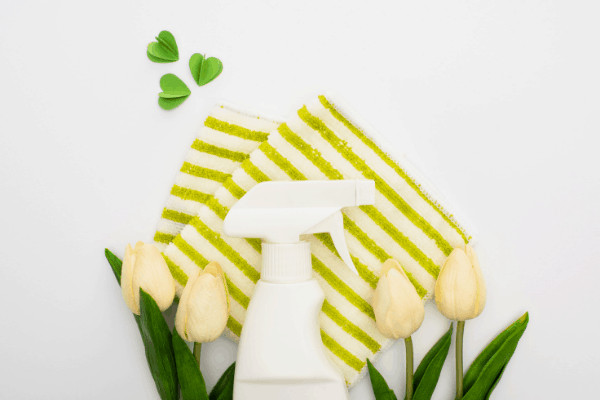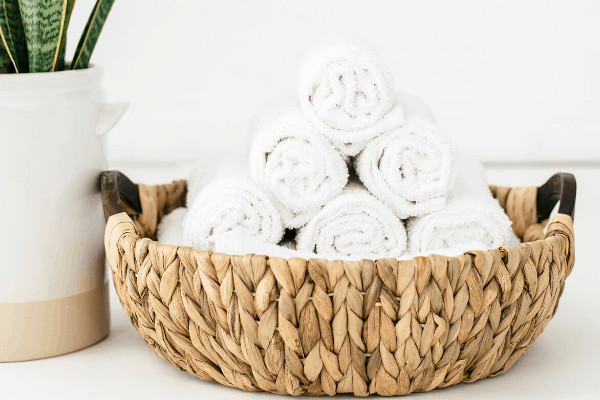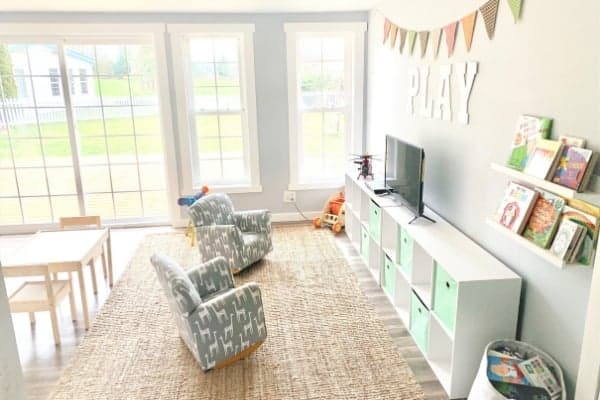Color plays an integral part in changing the whole ambiance of your bathroom, and recognizing its psychological influence may significantly improve your space. The right hues set the mood and influence how the room is experienced. Lighter, more fabulous shades, such as soft blues and serene greens, are often linked to feelings of calmness and relaxation. These colors can create a tranquil retreat, perfect for unwinding with a warm bath or simply taking a moment to reset at the end of a long day.
On the other hand, warmer tones like vibrant reds and stimulating oranges can invigorate the senses, making them particularly effective for energizing morning routines. These hues can help awaken and motivate you as you start your day, providing a vibrant backdrop for your daily rituals.
For those seeking a quick and impactful refresh, utilizing bathroom color ideas with shower curtains can be an excellent solution. Shower curtains are versatile design elements that can quickly introduce new colors, patterns, and textures into your bathroom decor. They offer an effective way to implement significant aesthetic changes without the commitment or hassle of repainting walls or replacing tiles. By selecting a shower curtain that resonates with your desired vibe(playful, sophisticated, or serene), you can effortlessly revitalize your space while maintaining the flexibility to change your look as often as you like.
Shower Curtains: A Splash of Personality
Shower curtains serve as functional and decorative elements in the bathroom, making them versatile additions to any space. They provide privacy, protect your bathroom from excess water, and act as key design features that can transform the room’s atmosphere.
For those aiming to cultivate a tropical ambiance, consider choosing shower curtains adorned with bold florals, vibrant colors, or lush leafy patterns. These designs can bring a refreshing burst of energy reminiscent of a sun-drenched paradise. On the other hand, if your aesthetic leans towards minimalism, sleek geometric patterns or subtle monochrome shades may be more your style. These options can create a serene and sophisticated environment emphasizing clean lines and simplicity.
The wide variety of shower curtain designs ensures that something matches every personality and taste. Whether you prefer eclectic bohemian styles with mixed patterns and textures or a more streamlined contemporary look with understated elegance, you can easily find a shower curtain that beautifully complements your bathroom decor.
Accessorizing: Small Changes, Big Impact
The little things often contribute significantly to a space’s overall ambiance and functionality. Bath mats, towels, and soap dispensers may look trivial initially, but they are crucial in coordinating the room’s design. For instance, selecting bath mats in soft, muted tones can create a calming effect, while vibrant towels can introduce a pop of color that energizes the space.
To achieve a harmonious look, consider choosing colors that complement each other. For example, if your shower curtain has a floral pattern in blue and green, you may select solid-colored towels that match those colors or a patterned bath mat that mirrors the design. This thoughtful coordination enhances visual appeal and establishes a sense of continuity throughout the bathroom.
Moreover, varying the textures of these accessories, such as pairing plush, fluffy towels with a sleek, modern soap dispenser, can add depth and interest to the décor. This strategy allows you to refresh the room quickly and offers a straightforward method of keeping the design current throughout the seasons. By rotating accessories, you can implement seasonal themes or update the color palette, enabling style changes without a complete redesign. This approach maintains the room’s charm and reflects your evolving taste.
Light and Color: Brightening the Space
Lighting is as important as color selection in creating the ideal ambiance in a bathroom. While natural light is suitable for creating an inviting atmosphere, it is often insufficient in every bathroom due to window size or placement. In these instances, selecting the right artificial lighting solutions becomes paramount. Options such as recessed ceiling lights, wall sconces, and dimmable fixtures can effectively enhance the overall brightness and mood of the space.
Complementing these lighting choices with thoughtful color palettes—ranging from soothing neutrals to invigorating pastels—can further transform the environment. Additionally, mirrors are invaluable instruments for maximizing both natural and artificial light. Strategically positioning a large mirror to face a window or light source directly can reflect and amplify brightness, potentially doubling the perceived illumination in the room. This optical illusion enhances visibility and creates an illusion of more excellent space—a particularly advantageous strategy for smaller bathrooms, where a sense of openness is often desired. By carefully considering lighting and color in tandem, you can significantly elevate your bathroom’s functionality and aesthetic appeal.
Integrating Patterns: A Guide to Balance
Patterns bring life and movement to bathroom design, eliminating monotony. When integrating patterns, maintaining balance is essential to avoid overwhelming the space. Large patterns can dominate in smaller spaces, while smaller, repeated patterns may feel cozy and inviting. Mixing patterns is an art form: consider choosing a dominant pattern for the shower curtain, then incorporate subtle, complementary patterns in your accessories or wall art. This balanced approach avoids visual clutter while keeping the room dynamic.
Environmental Considerations in Design Choices
With an increased emphasis on sustainability, many homeowners are making thoughtful decisions to incorporate environmentally friendly design components. For example, they might opt for shower curtains made from organic cotton or hemp or find accessories crafted from recycled content. These choices reduce environmental impact and can improve the air quality in their homes by minimizing exposure to synthetic chemicals used in non-organic textiles. According to the Green Building Advisor, sustainable materials can significantly lower a household’s ecological footprint while promoting a healthier indoor environment.

